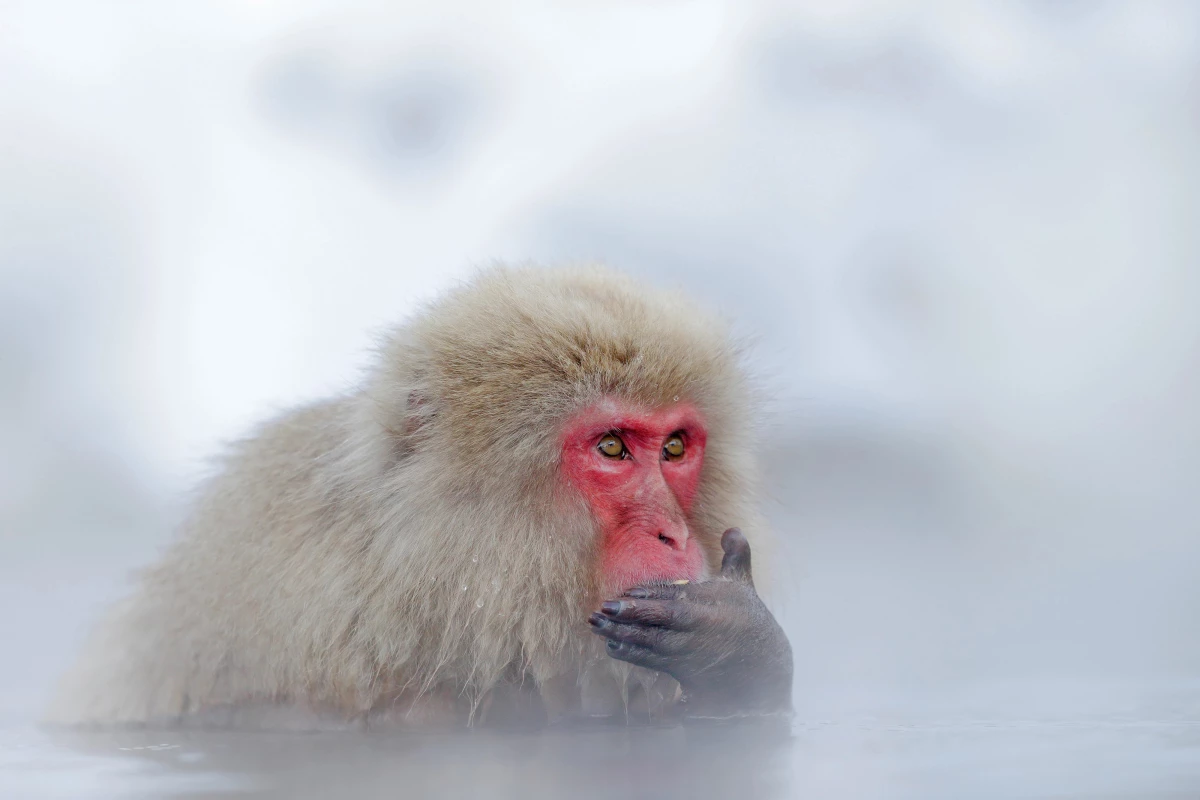A groundbreaking study has traced the 66-million-year evolutionary history of primates and overturned conventional thought that our ancestors originally inhabited warm tropical forests. Using advanced statistical and climate-modeling techniques, researchers have discovered that the earliest members of our evolutionary family tree were in fact cold-climate survivors.
Researchers from the University of Reading investigated 479 species of primates –178 extinct, via fossils, and 301 living – to track how species richness, climate tolerance and geographic range changed over time and across the long-established and studied evolutionary branches. The species spanned North America, Europe and Asia.
To challenge the accepted “warm tropical forest" hypothesis of primate origin, the researchers needed to reconstruct both the evolutionary relationships between species and the geographic locations and climate conditions of their ancestors. This was no mean feat, as it required a timeline of around 66 million years.
The team fused together genomic and fossil data across hundreds of primate species and, referencing an existing "supertree" of primate relationships involving extinct and extant (living) species, the researchers paired this complex map with detailed climate and geographic locations to pull apart trait evolution in relationship to these external factors.
Then, through Bayesian biogeographic modeling – a statistical method that calculates the probability of different ancestral states such as primate location or the period's climate zone – they added more detail to each branch of the supertree. This was then, of course, adjusted for continental drift and plate tectonics.
The researchers needed to know what kind of climate each primate ancestor actually lived in, so they used the Köppen–Geiger climate classification, which sorts the world into climate “types” – temperate, tropical, arid, cold – based on temperature and rainfall patterns. Finally, paleoclimate reconstructions were overlaid with paleogeographic maps showing where the continents were at that point in time, and together formed a kind of ancient climate atlas that could offer a clearer and more detailed picture of primate origin and ensuing movement.
By applying this method to every species in their massive dataset, the researchers were then able to give a climate type to every animal on their evolutionary tree.
What they found was that some of the earliest primate ancestors most likely endured extreme seasons of hot and cold and had highly variable resource availability based on these seasonal swings. From this, the researchers can infer that these ancient primates were very resilient animals with a broad (generalist) diet and able to endure such harsh and unpredictable environments.
The researchers believe these first primates probably lived in North America in a cold climate with hot summers and icy winters – which upends an origin story that's been broadly accepted for around half a century.
"For decades, the idea that primates evolved in warm, tropical forests has gone unquestioned," said lead author Jorge Avaria-Llautureo, a researcher at the University of Reading. "Our findings flip that narrative entirely. It turns out primates didn't emerge from lush jungles – they came from cold, seasonal environments in the Northern Hemisphere."
According to their theory, primates that could survive these harsh conditions and move beyond local weather boundaries had the biological "fitness" to reproduce and then gradually move further, so different external influences (environment, resources, climate) saw new species evolve. So millions of years later, as climates shifted – sometimes rapidly – primates that could adapt well were able to move into new regions and further diversify. This, the researchers believe, is how many species eventually came to call tropical forests home.
Interestingly, the researchers infer that early primates may have survived freezing winters by hibernating like bears do today – slowing down their heart rate and sleeping through the coldest months to save energy. Some small primates like dwarf lemurs (of which there are 10 species) still use hibernation, going deep underground to sleep for months – which has made them well adapted to their native Madagascar.
As living primates are now faced with present-day environmental challenges, seeing how their ancestors adapted to ancient climate changes can help conservationists better understand species survival and identify threats.
“Understanding how ancient primates survived climate change helps us think about how living species might respond to modern climate change and environmental changes," Avaria-Llautureo added.
The research was published in the journal Proceedings of the National Academy of Sciences.
Source: University of Reading





